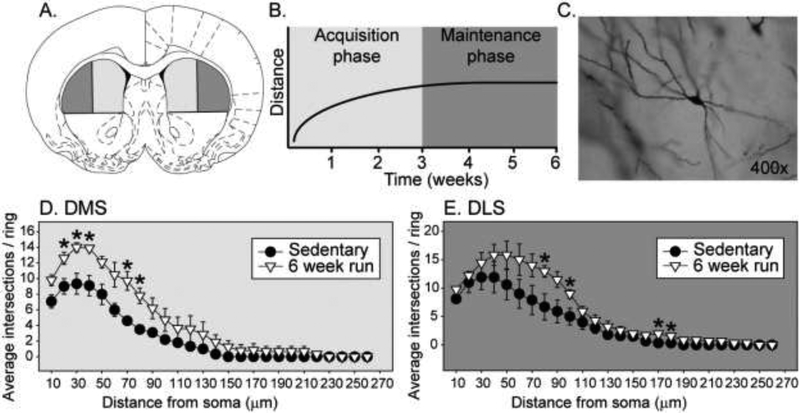Figure 1A-E. Different sub-regions of the dorsal striatum are proposed to control early vs late phases of voluntary wheel running behavior.
Figure 1A is schematic of a coronal section of the rat brain highlighting the dorsal medial striatum (DMS) and dorsal lateral striatum (DLS) sub-regions of the dorsal striatum. Figure 1B depicts our hypothetical distinct acquisition and maintenance phases of voluntary wheel running, differentially controlled by the DMS and DLS. To explore the effects of voluntary wheel running on dendritic complexity in the DMS and DLS, adult, male F344 rats (3 per group) were singly housed with either a locked or freely mobile running wheel. After 6 weeks of sedentary or voluntary exercise conditions, brain sections were prepared with FD Rapid Golgi Stain (FD NeuroTechnologies, Columbia, MD) following manufacturer’s instructions. Medium-spiny neurons were identified (Figure 1C), traced under 400X magnification using a drawing tube, and dendritic bifurcations were counted every 10μm from the soma using manual Sholl analyses [48]. Compared to sedentary rats, 6 weeks of wheel running increased dendritic bifurcations in both the DMS (Figure 1D) and the DLS (Figure 1E). Differences were greatest close to the soma (interaction between exercise and distance from soma: DMS (F (25,100) = 3.7; p < 0.0001); DLS, (F (25,100) = 2.3; p = 0.001)), resulting in higher peak bifurcations in exercised rats.

